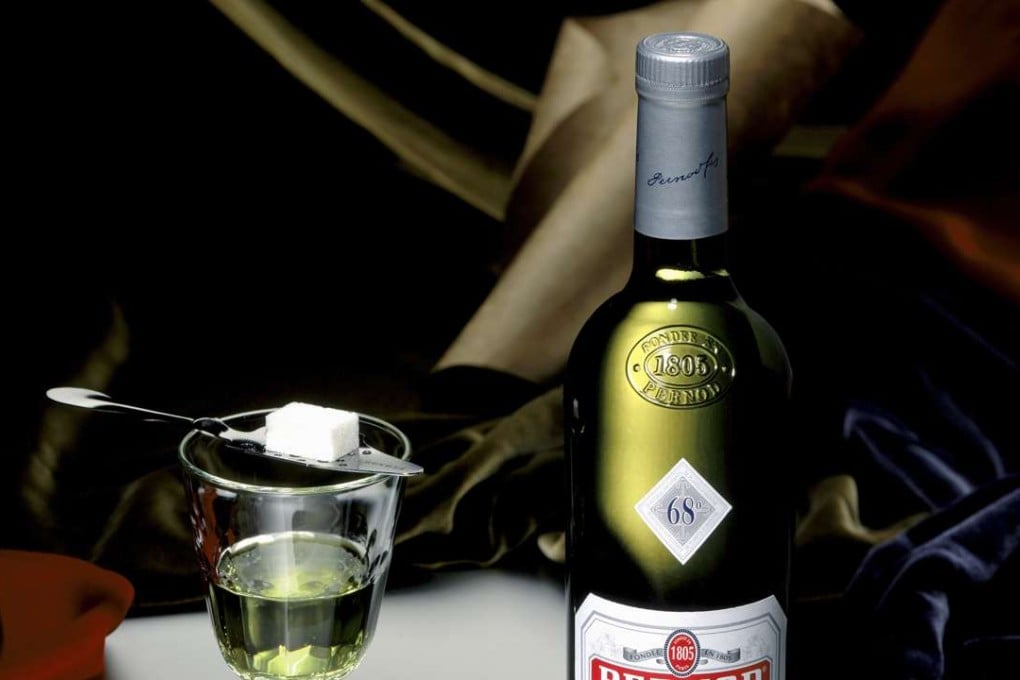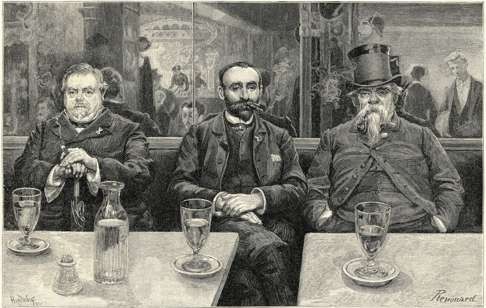Grape & Grain | All about absinthe, the most mysterious of spirits, and how best to drink it
The highly alcoholic drink was touted as a cure-all in the 18th century, became the bohemian’s favourite tipple, and was banned in 1914 before a rebirth in the 1990s. So what’s all the fuss about?

No other alcoholic drink is as mysterious as absinthe. It is named for Artemisia absinthium, or wormwood, a shrub whose flowers and leaves are included.
Lucretius’ De Rerum Natura (936-950) mentions a drink containing wormwood, which was prescribed to children and served in a cup rimmed with honey to make it more palatable. It also names a wormwood-flavoured wine, absinthites oinos. There are records of medical wormwood from ancient Egypt, found in the Ebers Papyrus from 1550BC.
Today’s absinthe began in the 18th century as a distilled sprit using anise and fennel. It was created in the fertile valleys of Switzerland – a village called Couvet in Val-de-Travers – an ideal location as it was also home to many of the botanical plants used in the liqueur, especially its key ingredient, wormwood. An “extrait d’absinthe” was a popular local remedy made by a Madame Henriod; a bottle in the Neuchatel Museum reads “Extrait d’Absinthe Qualite Superieure, de l’unique recette de M’elle Henriod de Couvet”. Two people who visited Couvet during the late 1760s were fans of Madame Henriod’s absinthe – Major Dubied, who went on to create his own version under the name Dubied Pere et Fils in 1797 with his son-in-law, Henri-Louis Pernod, and who paid royalties to Madam Henriod, and a Doctor Ordinaire who was rather controversial as he tried to take Madame Henriod’s absinthe recipe as his own. Dubied Pere et Fils went on to become Maison Pernod Fils in France.

Absinthe became widely embraced by the French, and 5pm became known as “l’heure verte” – the green hour, which was the 1860s version of happy hour.
Absinthe was exported internationally, and in New Orleans the first absinthe cocktail was created – the Sazerac, made with absinthe, rye whiskey, sugar and Peychaud’s bitters.
